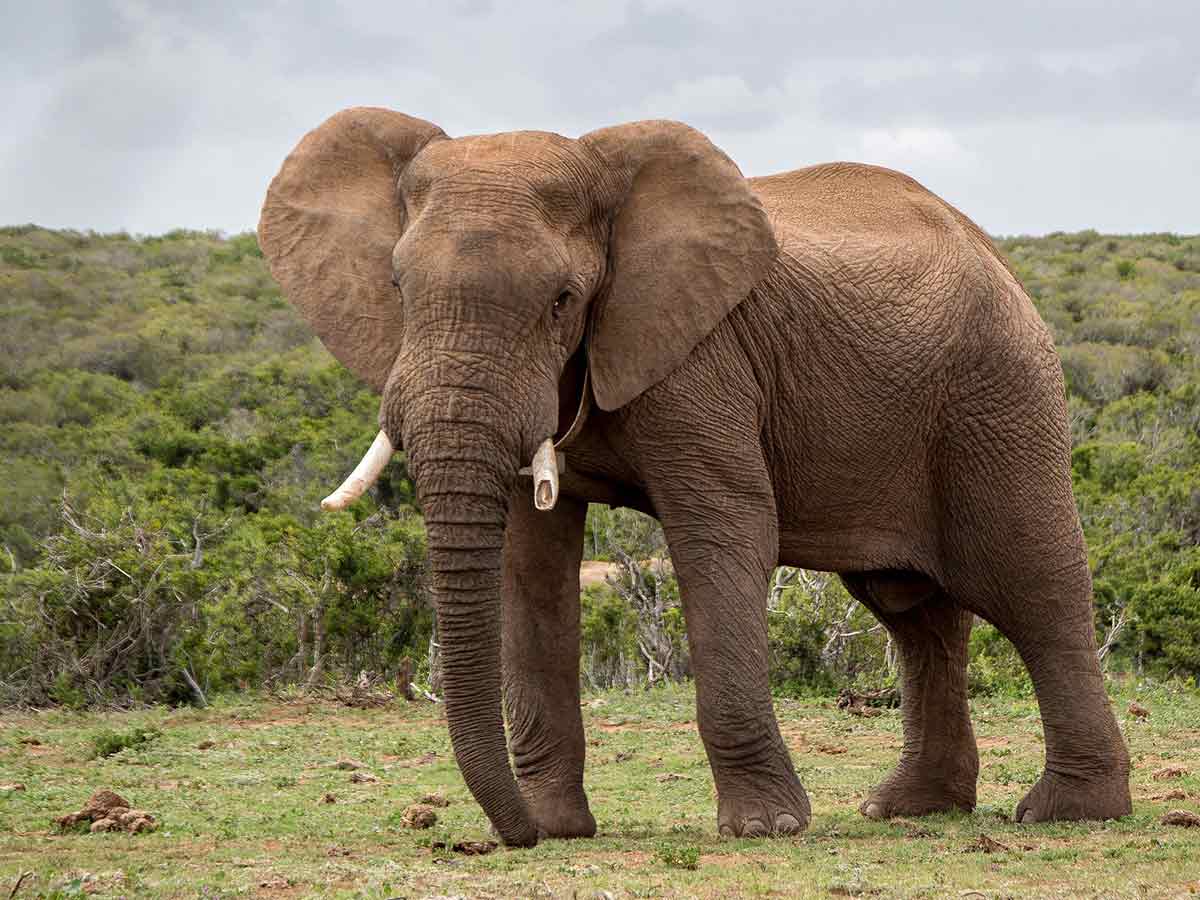Elephants are the largest land animals on the planet, and they still have one of the most distinct appearances. There is no other animal with a body like theirs, with their trademark long noses or trunks; huge, fluffy ears; and wide, thick legs.
Most specialists identify two elephant species: the Asian elephant (Elephas maximus) and the African elephant (Loxodonta africana), which live on different continents and have multiple distinguishing characteristics. Many subspecies belong to one of these two dominant species. Still, authorities disagree about how many there are and whether they represent distinct species.
Elephant’s Life and Lifespan
Elephant herds have a matriarchal hierarchy, with the oldest female in charge. Herds are mostly female family members and young calves and can have anywhere from 6 to 20 members based on food availability. When a herd becomes too big, it will always break into smaller groups that will remain in the same place.
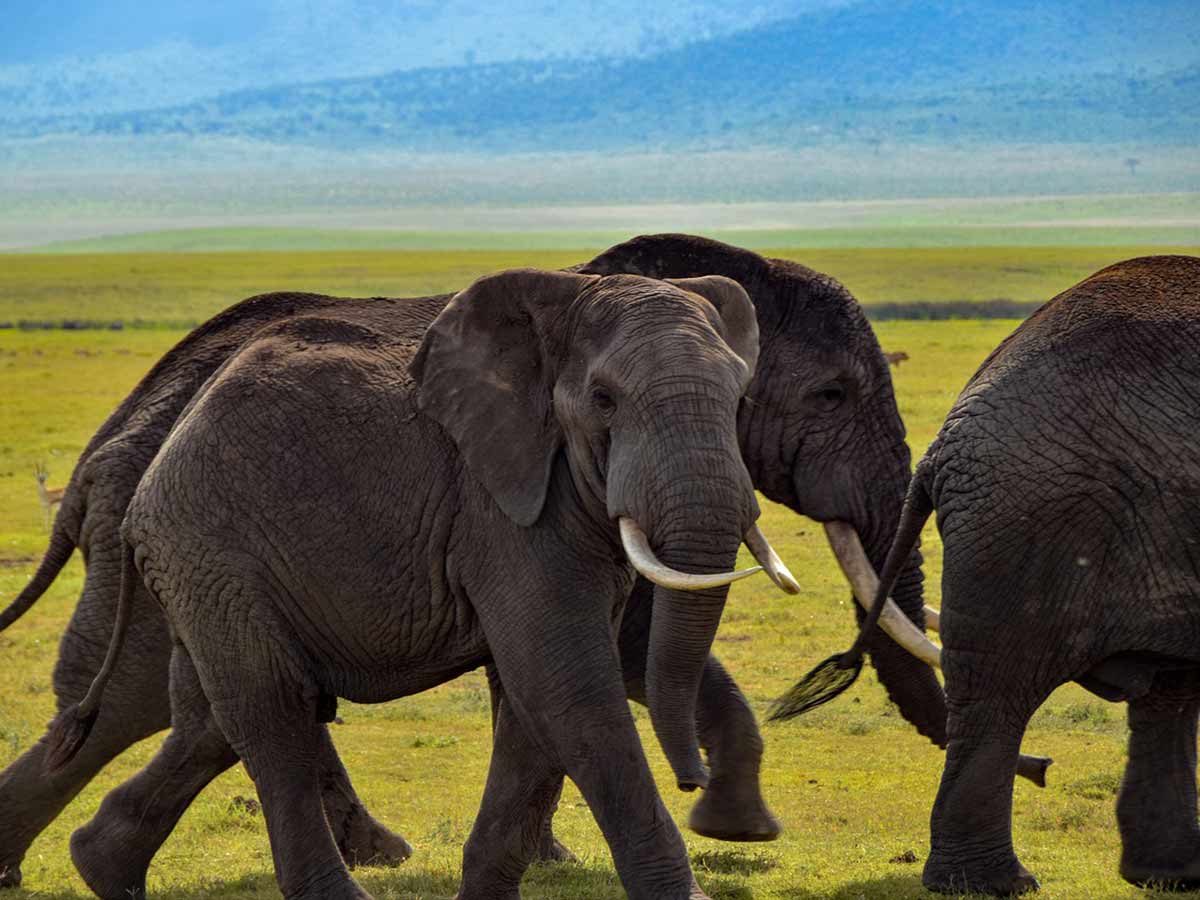
The matriarch depends on her wisdom and recollection to remember the best places to find food, drink, and shelter from the elements. The matriarch is also in charge of showing her family’s younger members how to interact with other elephants.
According to the National Zoo, elephants are very social. They can interact with one another and recognize other elephants from distances of up to 2 miles away using rumbling, low-pitched noises that fall beyond the audible range of humans.
Elephants are naturally polite to members of their own herd as well as members of other herds. They use their trunks to welcome one another, for example, either by sticking it out high or putting the end of their trunk into the mouth of another elephant.
Also Read, 9 Laziest Animals On The Planet
Elephants are also concerned with the well-being of all members of their herd. They will do everything in their power to provide for and defend vulnerable or wounded members.
They’re thought to be incredibly intelligent animals, with sophisticated problem-solving abilities as well as empathy, mourning, and self-awareness.
The Next generation of Elephants?
Male and female elephants reach sexual maturity between the ages of 8 and 13 years. Male elephants can abandon their herds at this time if they can find their own food and defend themselves. Adult males live either alone or in small bachelor herds.
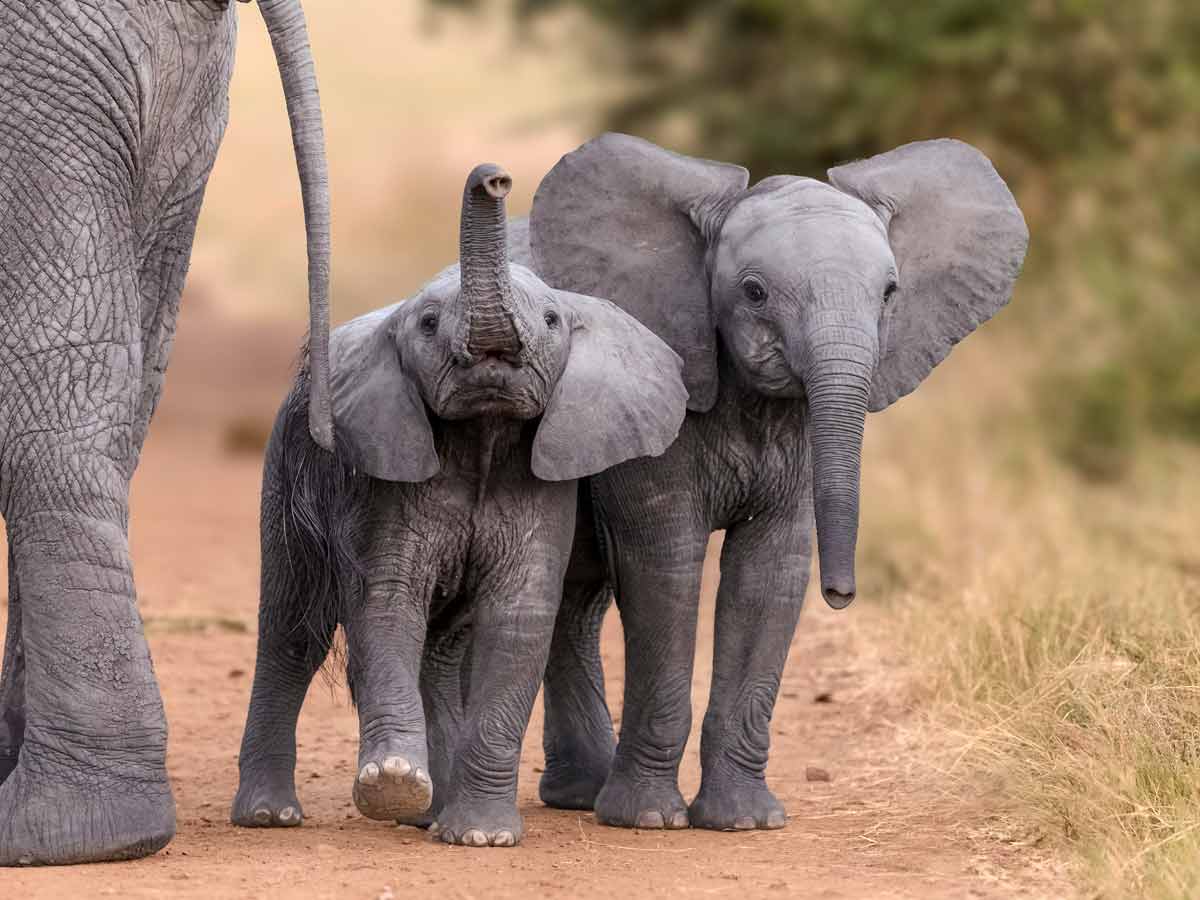
Females may not have their first calf until they are in their mid-teens, while males may not have their first calf until they are in their 30s because they are massive and healthy enough to deal with other males.
How long do elephants stay pregnant?
The duration of an elephant’s pregnancy varies depending on the animal. African elephants can bear children for up to 22 months, while Asian elephants can bear children for 18-22 months. This is the longest gestation cycle of any animal, which makes sense given the size of elephants.
How many babies can an elephant get at the same time?
Elephants, unlike most mammals, usually only have one baby at a time. However, elephants may have twins in rare circumstances, accounting for less than 1% of all elephant births. This is just marginally more than in humans, where twins account for 1.6% of all births.
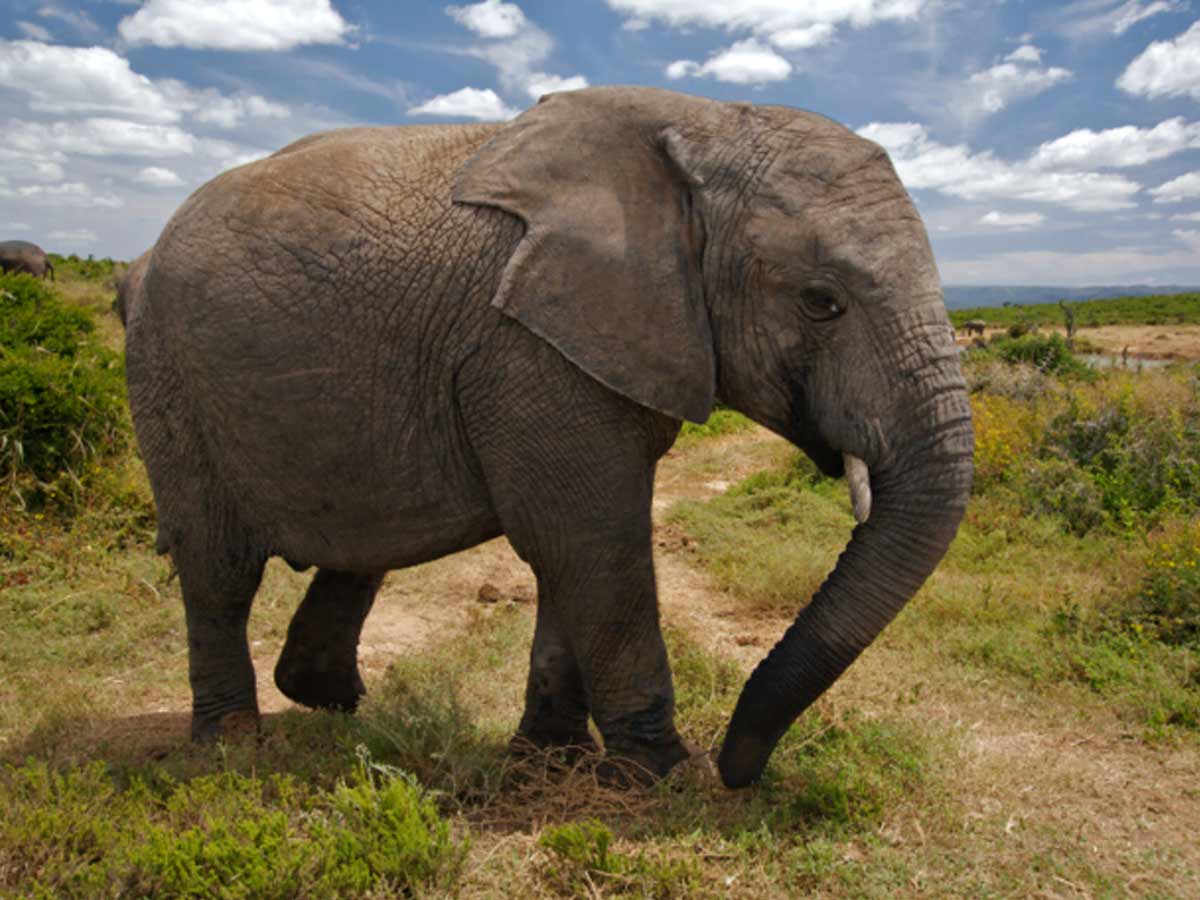
What is the maximum number of babies an elephant can have?
Elephants give birth every four years, which is quite a lot considering that their pregnancies will last up to two years! While elephants can live for 60-70 years, they only have four or five babies in their lifetime. Even then, that’s a significant portion of their life spent pregnant.
When a baby elephant is conceived, how big is it?
Elephants can weigh up to 268 pounds and stand around 3 feet tall when they are born. This is about the weight of a fully grown panda bear, reindeer, or warthog. Asian elephants are a little thinner, weighing about 200 pounds, despite being about the same height.
Some Amazing Facts about Elephants
- The African elephant is the world’s largest ground animal, with males standing up to 3m tall and weighing up to 6 tonnes on average.
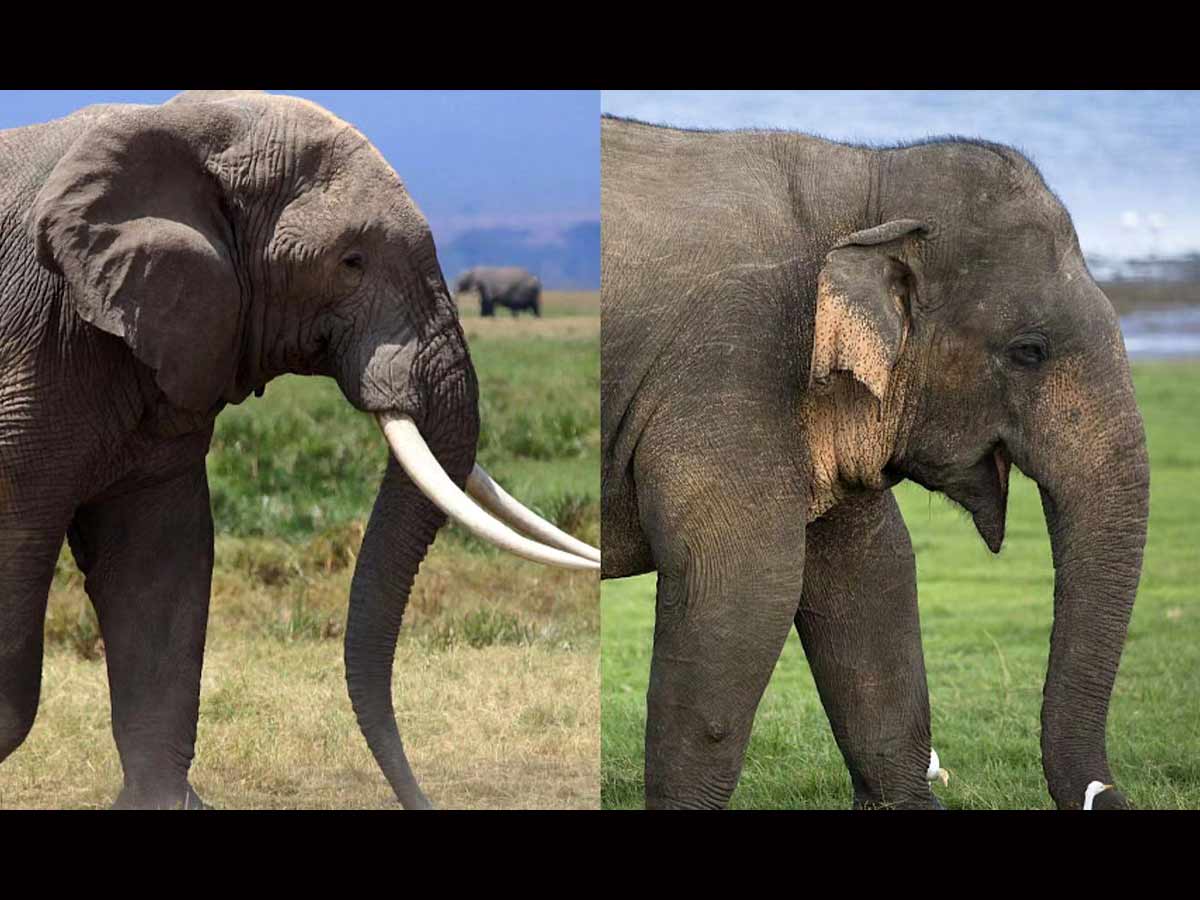
- Elephants come in two varieties: African and Asian. African elephant ears are much larger than Asian elephant ears and are shaped like the African continent, while Asian elephant ears are shaped like the Indian subcontinent.
- Elephant trunks contain about 150,000 muscle units.
- The skin of an elephant is 2.5cm thick in most areas. Their skin’s folds and wrinkles can hold up to ten times more water than flat skin, which aids in cooling.
- Elephants need up to 150kg of food each day, which equates to about 375 tins of baked beans, though half of this can pass through the body undigested.
- Elephant calves can stand within 20 minutes of birth and walk within an hour. They will keep up with the herd after two days.
- The elephant’s temporal lobe (the region of the brain concerned with memory) is greater and denser than that of humans, which explains why elephants are said to “never forget.”
- About 90% of African elephants have been wiped out in the last century, mainly due to the ivory trade, leaving an estimated 415,000 wild elephants alive today.





















